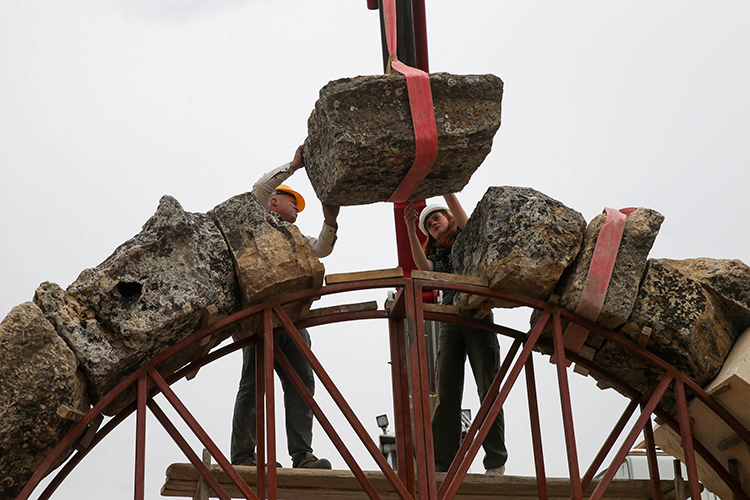
2,100-Year-Old Aqueducts Restored in Historic Blaundos City, Western Türkiye
In Western Türkiye, near the modern city of Uşak, the ancient Blaundos city has witnessed an important archaeological restoration. Eight aqueducts dating back over 2,000 years have been carefully uncovered and restored, shedding light on the sophisticated water management systems of the Hellenistic and early Roman periods.
Blaundos, originally established as a military garrison by soldiers accompanying Alexander the Great during his Anatolian campaign, is strategically located on a plateau surrounded by deep valleys, giving it a natural fortress-like defense. Among its remarkable landmarks is a 2,000-year-old temple dedicated to Demeter, the goddess of agriculture and fertility.
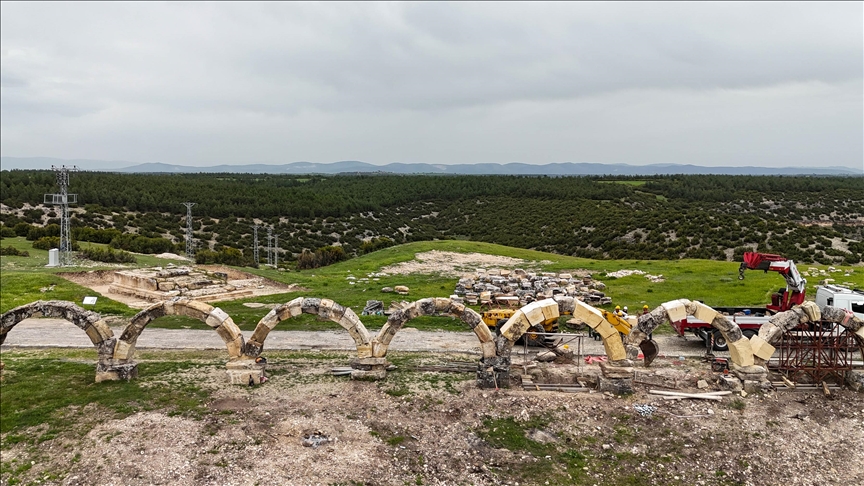
The restored aqueducts belong to a network originally built during the late Hellenistic and early Roman eras, extending roughly 800 meters from the city’s entrance. Many of the aqueducts had suffered damage from earthquakes and human activity over the centuries, prompting recent efforts to salvage and reconstruct these ancient structures.
The restoration project, led by the local Directorate of Culture and Tourism, involved meticulous stone analysis and sourcing of matching materials from nearby quarries to ensure historical accuracy. By the end of 2024, five aqueducts were fully restored, and three more have been completed in ongoing works this year.
📣 Our WhatsApp channel is now LIVE! Stay up-to-date with the latest news and updates, just click here to follow us on WhatsApp and never miss a thing!!
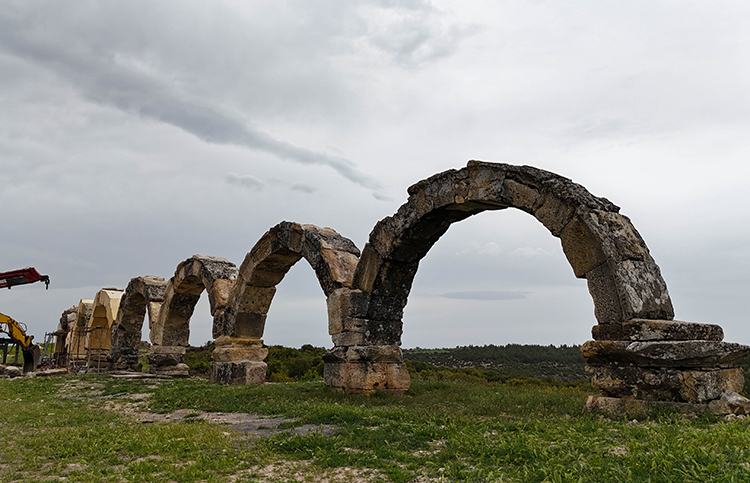
The team continues to enhance the aqueducts by carefully refining the stone surfaces, preserving the authentic aged texture. This project not only revives Blaundos’ ancient engineering marvels but also helps attract global attention to Türkiye’s rich archaeological heritage.
Cover Image credit: Mehmet Çalık/AA
You may also like
- A 1700-year-old statue of Pan unearthed during the excavations at Polyeuktos in İstanbul
- The granary was found in the ancient city of Sebaste, founded by the first Roman emperor Augustus
- Donalar Kale Kapı Rock Tomb or Donalar Rock Tomb
- Theater emerges as works continue in ancient city of Perinthos
- Urartian King Argishti’s bronze shield revealed the name of an unknown country
- The religious center of Lycia, the ancient city of Letoon
- Who were the Luwians?
- A new study brings a fresh perspective on the Anatolian origin of the Indo-European languages
- Perhaps the oldest thermal treatment center in the world, which has been in continuous use for 2000 years -Basilica Therma Roman Bath or King’s Daughter-
- The largest synagogue of the ancient world, located in the ancient city of Sardis, is being restored

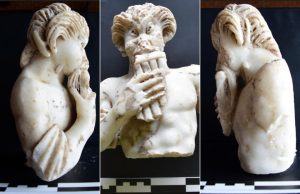
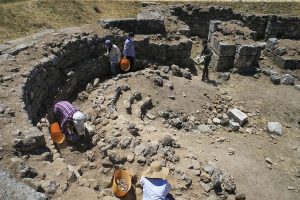
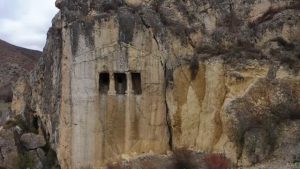
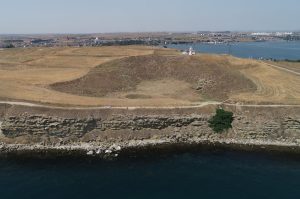
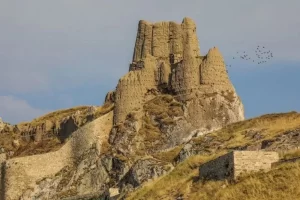
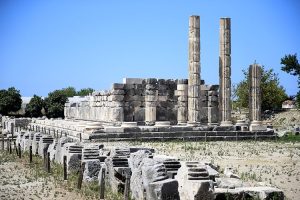
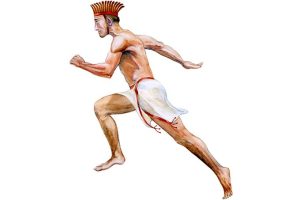

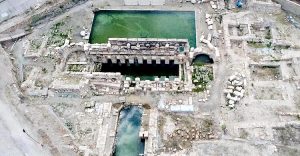
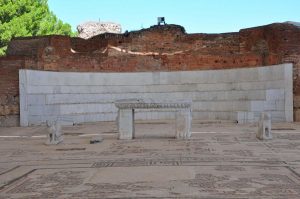
Leave a Reply